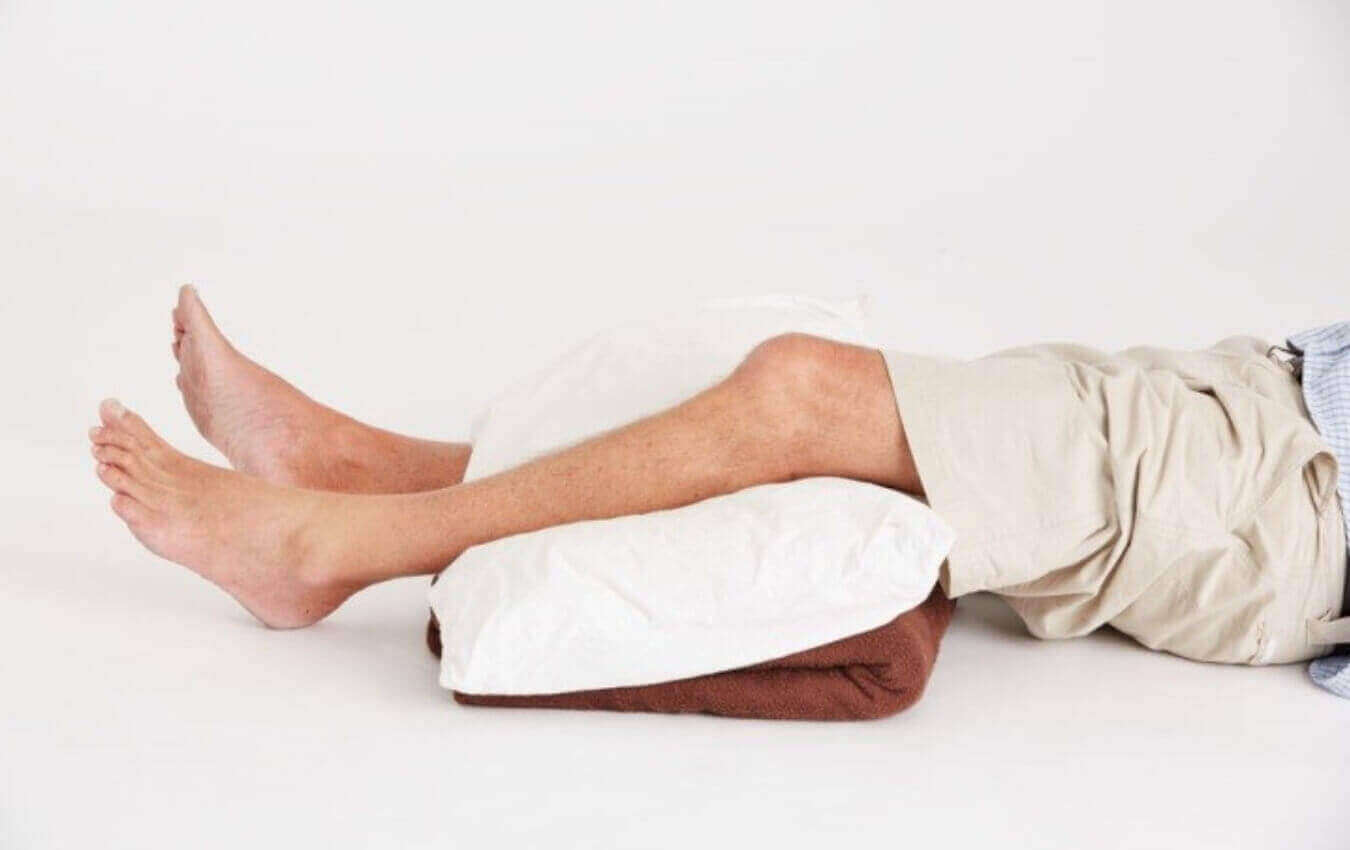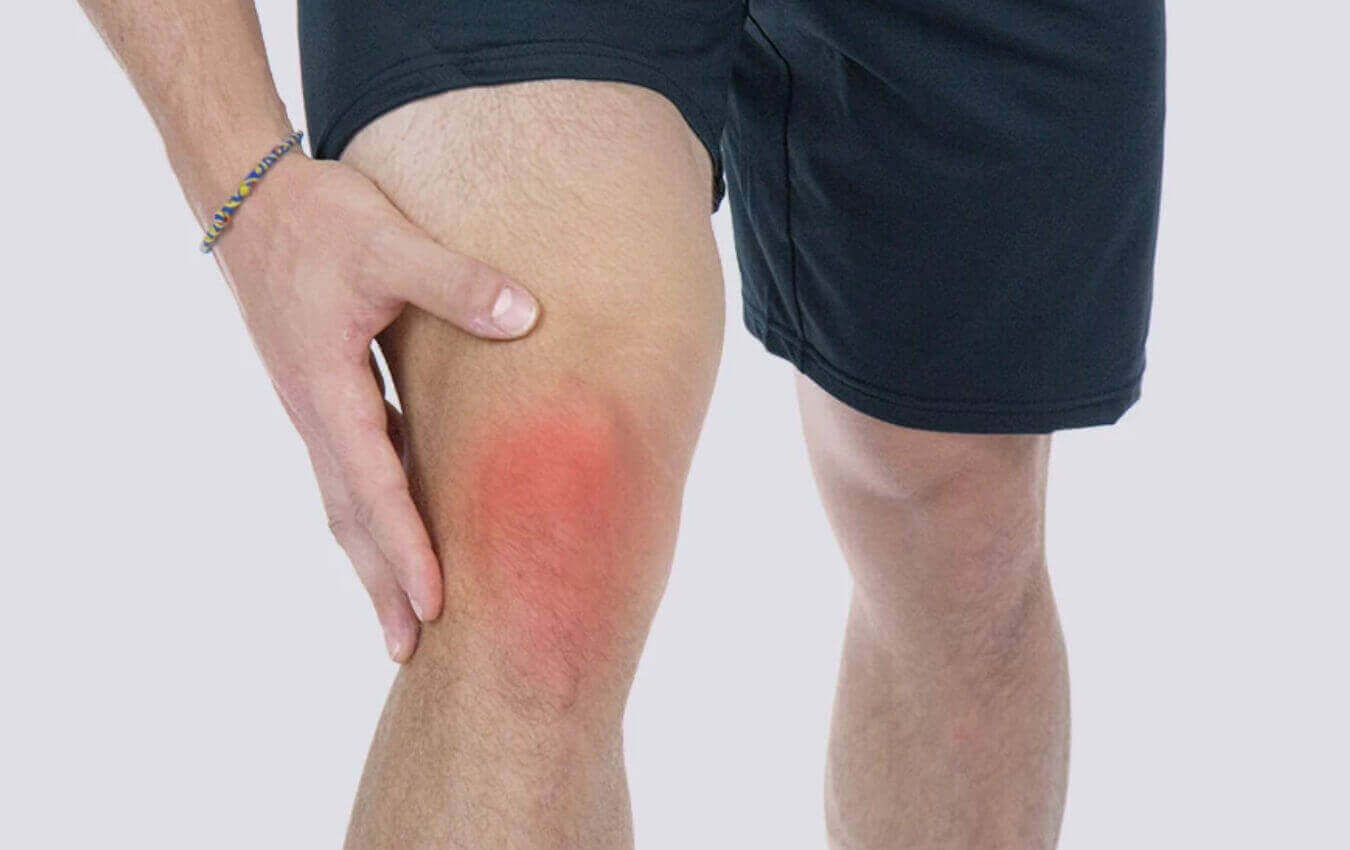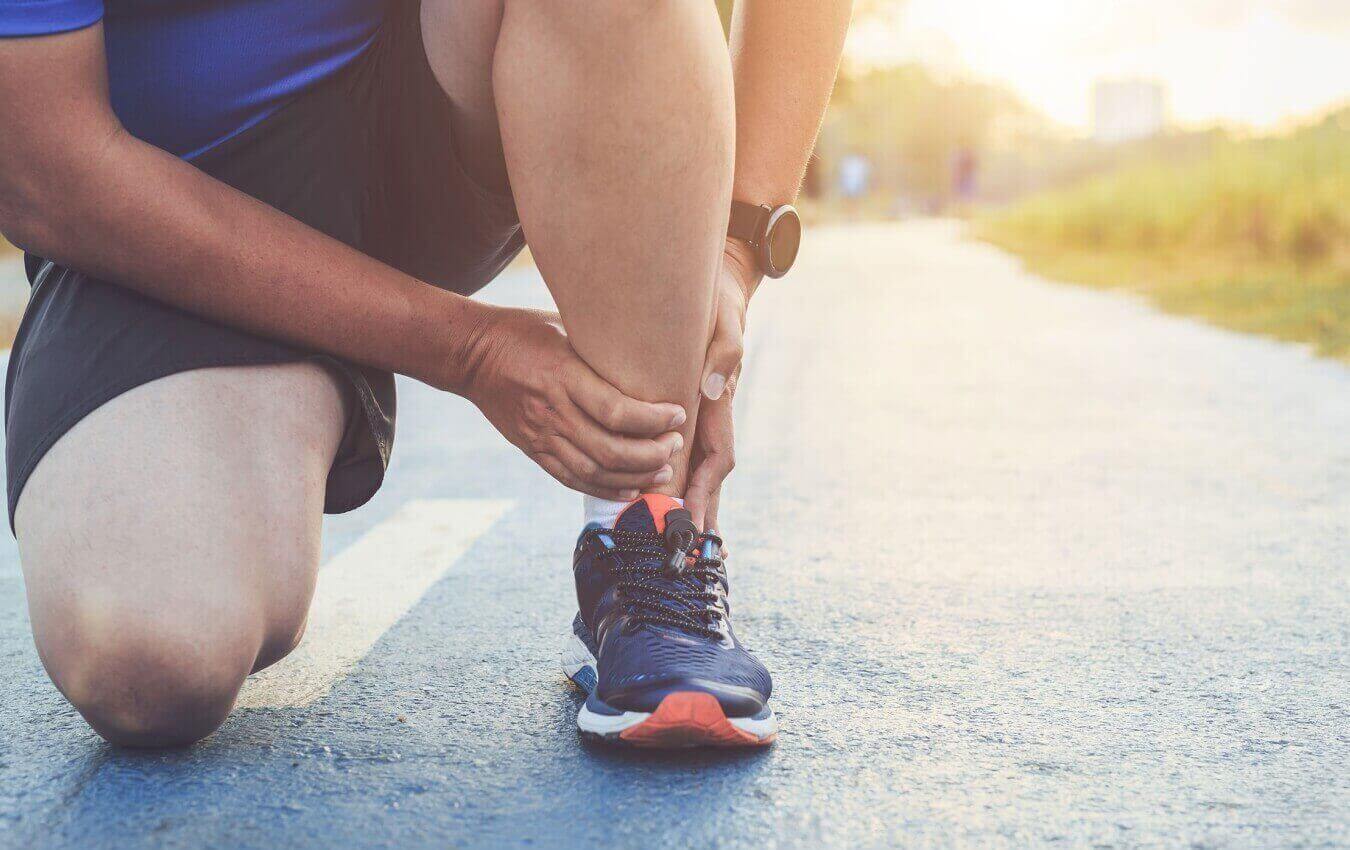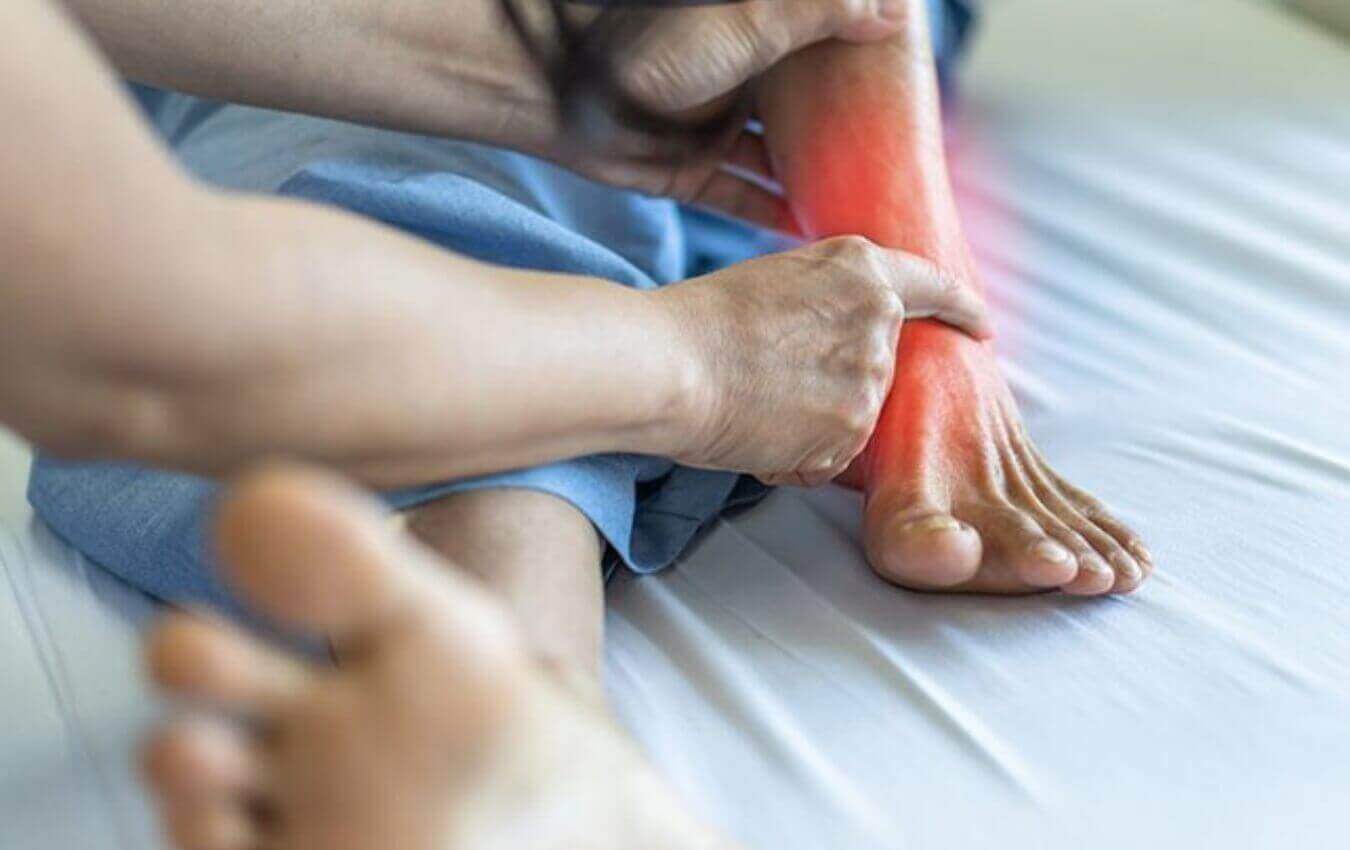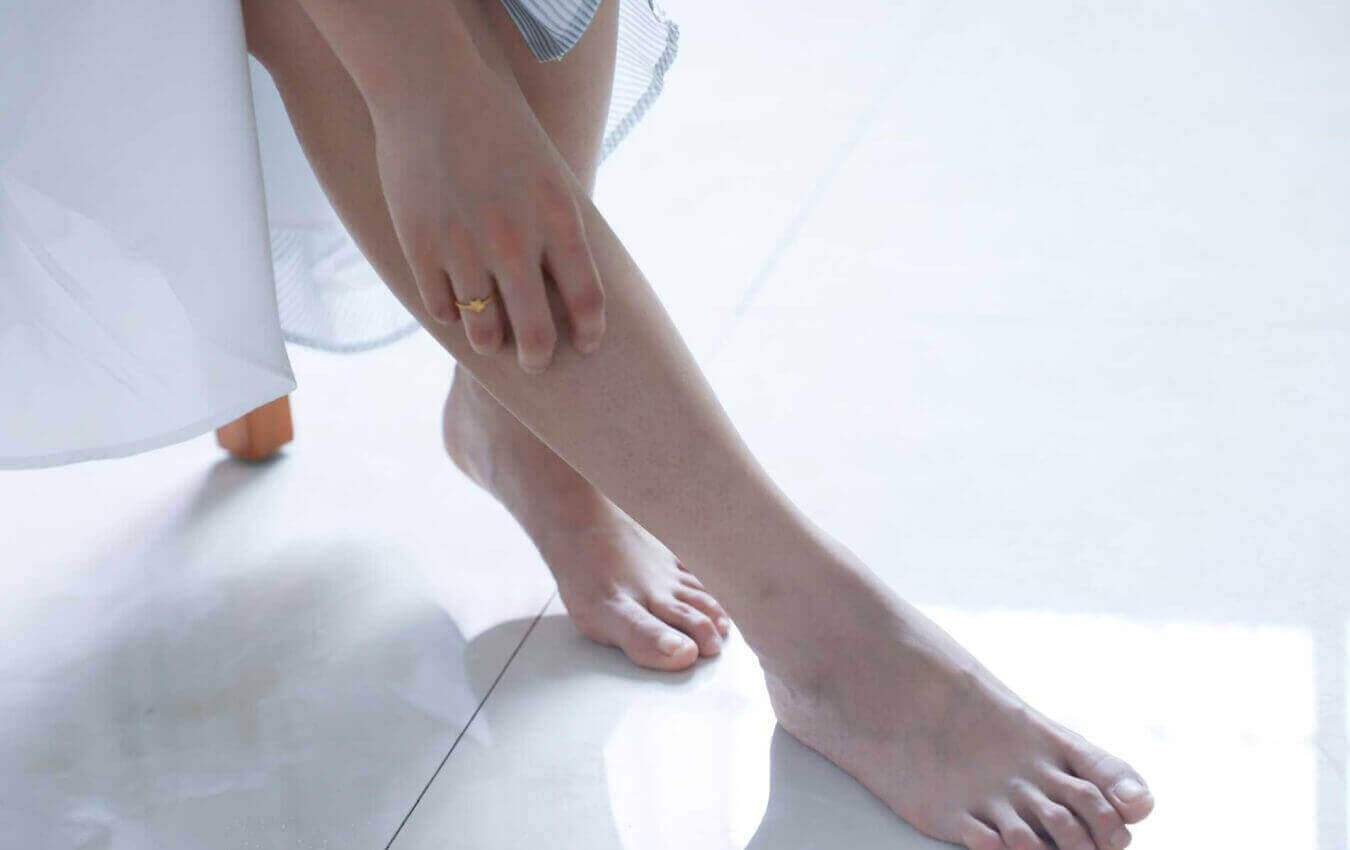Fractures are breaks or cracks in the bones, and dislocations are when the bones move out from their original place or connecting joint. Both fractures and dislocations are very painful.
Foot and ankle fractures in the bone occur in different places, some of them are ankle fractures, heel bone fracture, metatarsal fracture, 5th metatarsal fracture, Pilon fracture, lisfranc fracture, and snowboarder’s fracture. Overusing of bones will cause stress fracture; these fractures are more seen in runners or actions that involve repetitive strain.
Foot and ankle fractures in the bone occur in different places, some of them are ankle fractures, heel bone fracture, metatarsal fracture, 5th metatarsal fracture, Pilon fracture, lisfranc fracture, and snowboarder’s fracture. Overusing of bones will cause stress fracture; these fractures are more seen in runners or actions that involve repetitive strain.
Fractures usually happen from hard falls, sudden twists, and unexpected collisions. There are 26 bones in the foot and 3 in the ankle joint. Fractures in these bones may happen due to stress fractures that may require rest and time to heal; other fractures may need surgery to repair.
Ankle fracture and dislocation:
An ankle fracture may happen in one or more of the three bones -ankle bones- the tibia, fibula, and talus. The two ankle joints where the tibia, fibula, and the talus meet and syndesmosis joint which are located between the tibia and fibula are also affected. A simple fracture in the ankle occurs when the bone breaks but does not protrude through the skin. A compound fracture in the ankle happens when the bone breaks and protrudes from the skin.
Ankle dislocation happens when the ligaments that hold your ankle bones are torn or pulled out of place mainly because of injury. Dislocations usually happen due to fractures or severe sprains.
Foot fracture:
Though dislocations of the foot are rare, any bone in the feet may break or crack. There are two common types of fractures:
Ankle fracture and dislocation:
An ankle fracture may happen in one or more of the three bones -ankle bones- the tibia, fibula, and talus. The two ankle joints where the tibia, fibula, and the talus meet and syndesmosis joint which are located between the tibia and fibula are also affected. A simple fracture in the ankle occurs when the bone breaks but does not protrude through the skin. A compound fracture in the ankle happens when the bone breaks and protrudes from the skin.
Ankle dislocation happens when the ligaments that hold your ankle bones are torn or pulled out of place mainly because of injury. Dislocations usually happen due to fractures or severe sprains.
Foot fracture:
Though dislocations of the foot are rare, any bone in the feet may break or crack. There are two common types of fractures:
- A fracture in the long bone along the outside of the foot that connects to the little toe (fifth metatarsal fracture)
- A small bone chip is pulled away from the main bone due to a tendon or ligament injury (avulsion fracture).
- Falling
- Severe impact
- Stress from overuse
- Twisting or rolling the ankle
Ankle and foot fractures have similar symptoms:
- Bone protruding through the skin
- Bruising that develops after the injury
- The appearance of the ankle or foot may change
- Difficulty in walking
- Pain and tenderness at the site of the fracture
- Swelling around the fracture location
Factors that increase the risk of fractures are
- Activities that involve running, jumping, or sudden changes in movement
- Loose ligaments
- Previous ankle sprain or fracture
- Walking or running on uneven surfaces
Treatments for the fracture will depend on the severity of the injury.
Treatments may include:
- If the broken bone has not moved out of the place, then it doesn’t need any surgery
- If the bone is dislocated then surgery is required
- If the broken bone is protruded out of the skin, then it is an emergency that needs immediate care.
Treatments may include:
- Immobilization with a cast, brace or walking boot is recommended to keep the ankle or foot from moving while the fracture heals.
- Arthroscopic ankle surgery is done to repair the broken bone by making small incisions, and the surgeon will remove small bone chip fragments that may cause arthritis and pain if it is not removed.
- Surgical repair using plates or screws that are specially designed for some parts of the foot or ankle.
- Suture-button implants use two metallic buttons and wire that hold the bone pieces together while they heal.
